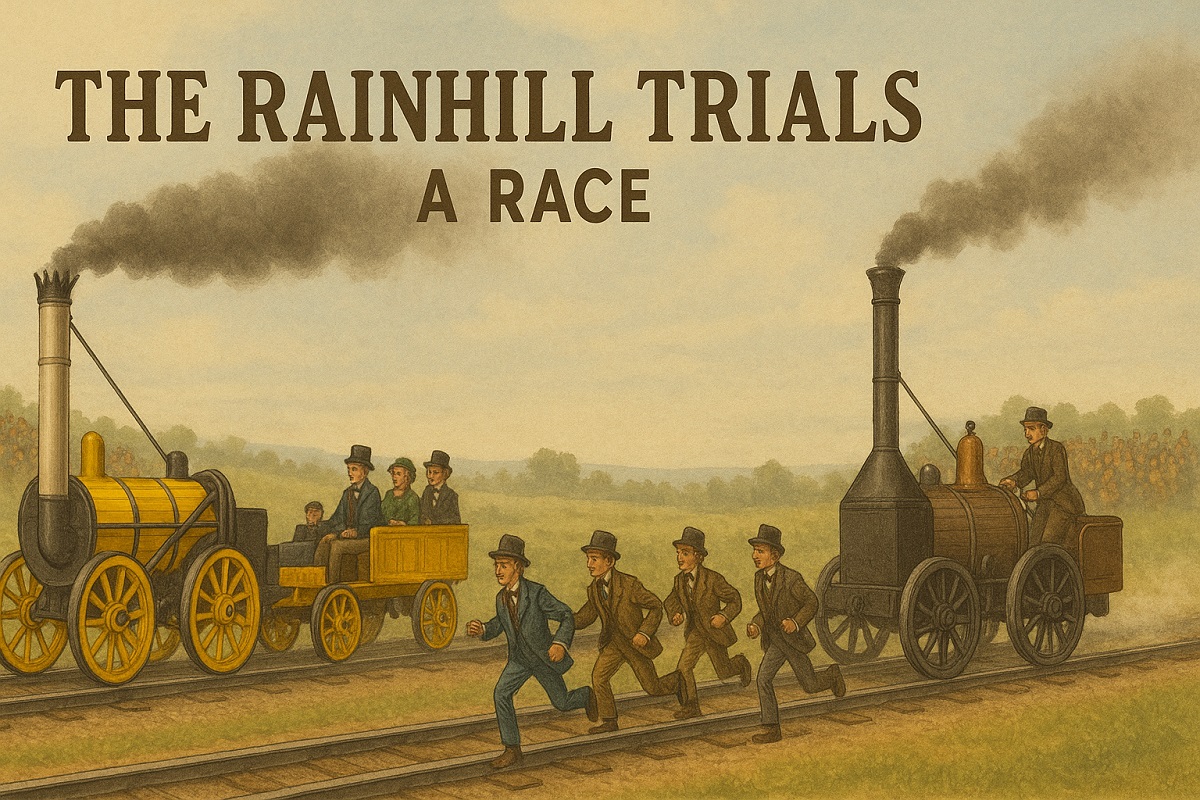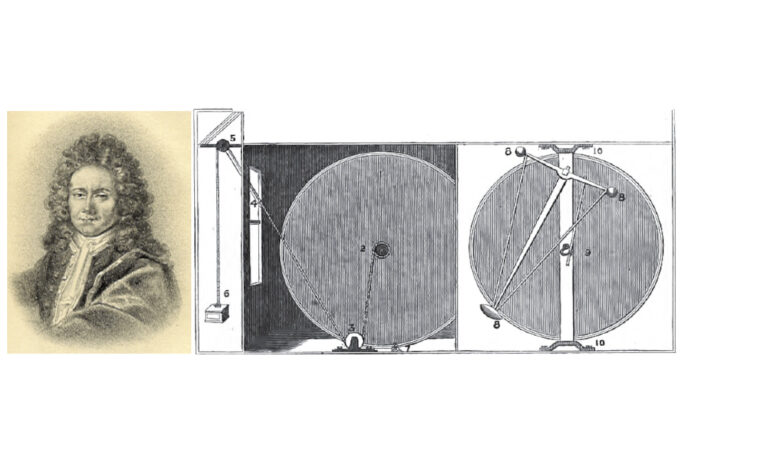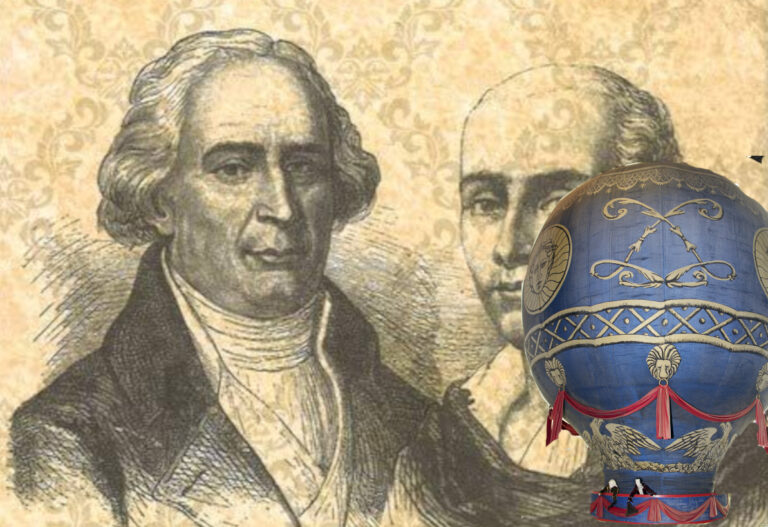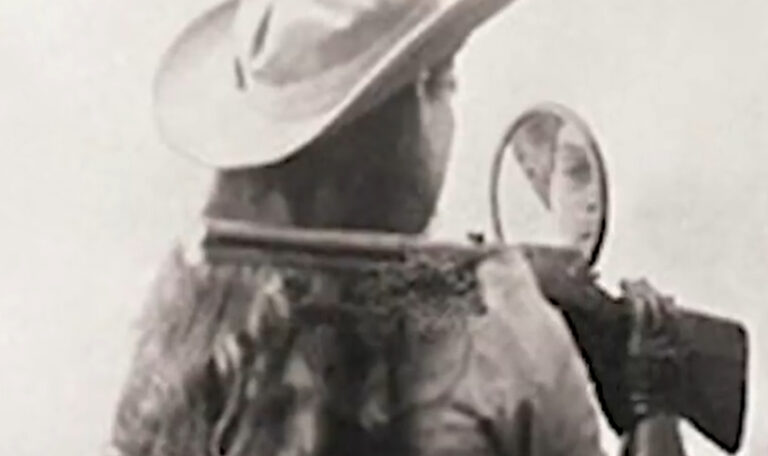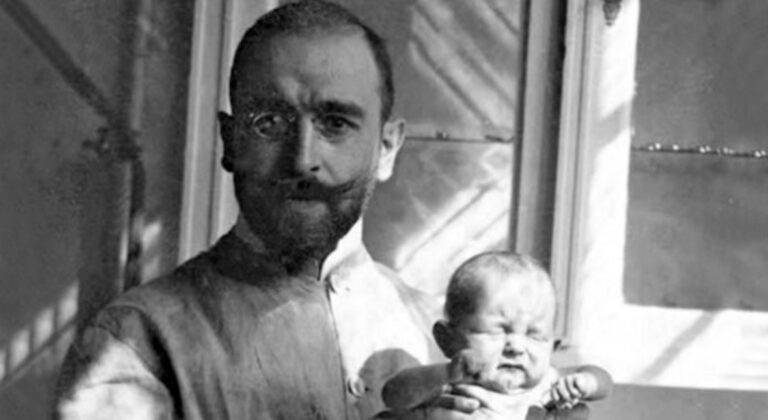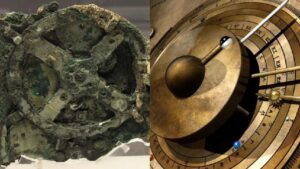In the fall of 1829, on a small stretch of track outside Liverpool, an extraordinary event unfolded — a contest that would propel humanity into the industrial age. The Rainhill Trials weren’t just a competition; they were a declaration that the future belonged to steam.
A World on the Verge of Change
The early 19th century was a time of extraordinary invention. Britain, the birthplace of the Industrial Revolution, was booming with factories, bustling cities, and a growing demand for faster transportation.
The canals, once the arteries of commerce, were overcrowded and slow. Roads were muddy, rutted, and unreliable. Something new was needed — something faster, more reliable, and capable of carrying heavy loads across long distances.
The Liverpool and Manchester Railway (L&MR) was a bold project designed to answer that need. If successful, it would be the first railway built primarily for passenger and freight transport, linking the bustling port of Liverpool with the industrial mills of Manchester.
But first, the directors had to answer a crucial question: how should the trains be powered?
The Challenge Is Set: Rainhill Trials
In April 1829, the L&MR directors announced a grand competition to settle the issue once and for all. The “Rainhill Trials” would be an open contest, inviting engineers to showcase their locomotive designs under rigorous real-world conditions.
The rules were demanding:
-
Each locomotive had to pull a load of at least three times its own weight.
-
It needed to travel 70 miles total, simulating a day’s worth of work.
-
It had to sustain an average speed of at least 10 miles per hour.
-
It had to be safe, reliable, and economical in terms of fuel and water use.
The prize was significant: £500 (equivalent to tens of thousands today), and, more importantly, the honor of shaping the future of transport.
The competition was scheduled for October 6–14, 1829, on a straight, mile-long section of completed track near the village of Rainhill.
Meet the Brave Competitors
The Rainhill Trials attracted a colorful group of inventors and dreamers, each convinced their design would change the world.
Stephenson’s Rocket
-
Inventors: George and Robert Stephenson
-
Key Features:
-
Multi-tube boiler for superior heat transfer.
-
Blown exhaust (blast pipe) to intensify the fire.
-
Lightweight, strong construction.
-
Stephenson’s Rocket was not the first steam locomotive — but it was the first to successfully integrate several major technological advances into a working, practical machine.
Timothy Hackworth’s Sans Pareil
-
Inventor: Timothy Hackworth
-
Key Features:
-
Single-cylinder design.
-
Heavy-duty boiler for extra power.
-
Sans Pareil was powerful but overweight and plagued with reliability issues. During the trials, it broke a cylinder — a fatal flaw under competition conditions.
Ericsson and Braithwaite’s Novelty
-
Inventors: John Ericsson and John Braithwaite
-
Key Features:
-
Extremely light and fast.
-
Used a forced draught system with bellows.
-
Novelty thrilled spectators by darting along the track at previously unimaginable speeds — but it couldn’t handle sustained workloads. It suffered repeated breakdowns.
Timothy Burstall’s Perseverance
-
Inventor: Timothy Burstall
-
Key Features:
-
Conventional but slow design.
-
Perseverance was badly damaged on the journey to Rainhill. Burstall patched it up, but it couldn’t meet the speed requirements.
Thomas Shaw Brandreth’s Cycloped
-
Inventor: Thomas Shaw Brandreth
-
Key Features:
-
Powered by a horse running on a treadmill.
-
A strange and ultimately tragic entry. Cycloped was disqualified after its horse fell through the mechanism — a fitting metaphor for the outdated nature of animal-powered transport.
Drama on the Tracks
The Rainhill Trials were not a sedate, technical exhibition — they were a dramatic, high-stakes spectacle.
Crowds of thousands gathered along the trackside, many traveling from Liverpool and Manchester to witness the marvels of the new age.
-
Novelty amazed spectators with its speed but broke down after only a few runs.
-
Sans Pareil struggled through a few laps before mechanical failure ended its hopes.
-
Cycloped offered a moment of comic relief.
-
Perseverance failed to impress the judges with its sluggish performance.
Only Rocket consistently completed its runs, carrying heavy loads at an average of 12 miles per hour, and occasionally hitting speeds above 30 mph — absolutely staggering at the time.
The Crowning of Rocket
When the Trials concluded, Rocket was declared the winner. Its success wasn’t simply about raw speed; it was a combination of thoughtful engineering, reliability, fuel efficiency, and maintenance ease. The victory secured a future for steam locomotives on the Liverpool and Manchester Railway and set a new global standard for railway design for decades to come. George and Robert Stephenson’s innovations would echo through every train that followed.
The impact of the Rainhill Trials was immediate and profound. Railways soon spread across Britain, Europe, and America, revolutionizing commerce, urbanization, and daily life. Goods moved faster and cheaper, cities expanded, and society itself was reshaped by the mobility and connectivity that trains provided. What had started as an experimental race at Rainhill quickly turned into the driving force behind the modern industrial world.
How Stephenson’s Rocket Worked: Key Innovations Explained
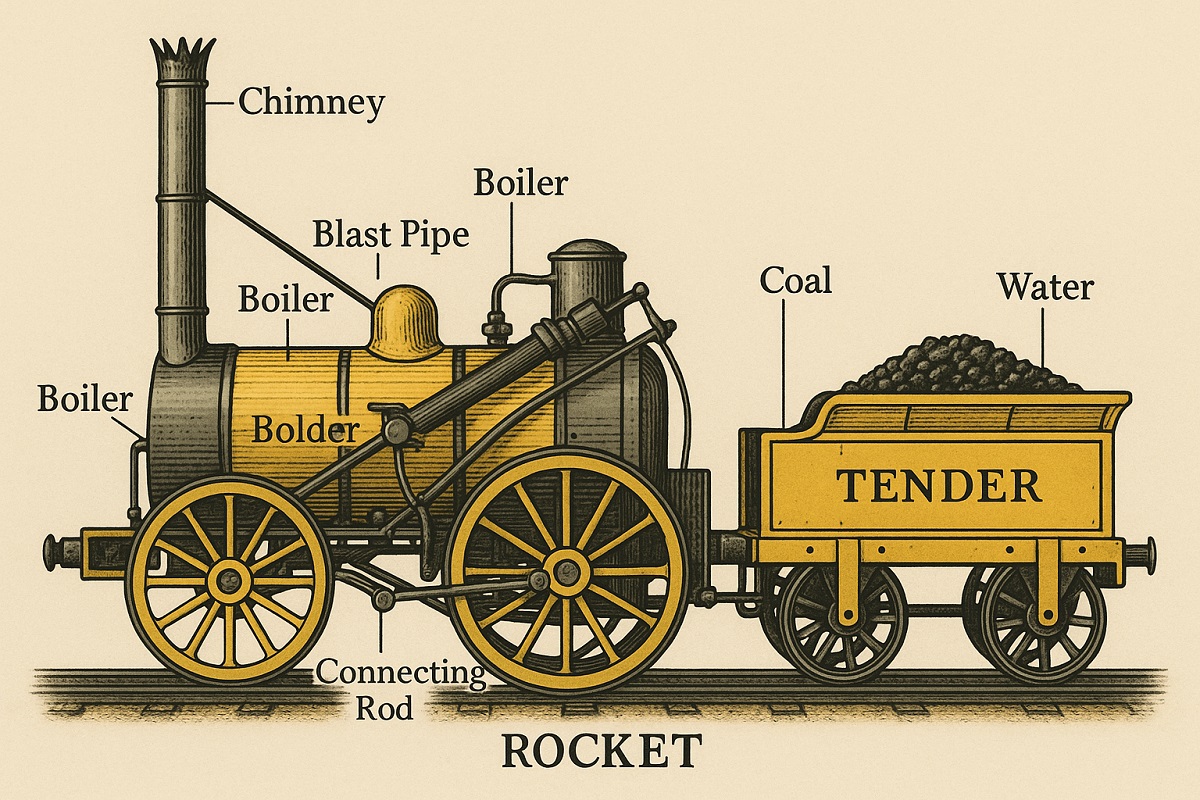
Stephenson’s Rocket wasn’t the first steam locomotive, but it was the first truly successful one — thanks to a few smart innovations that set a blueprint for trains to come. Here’s how George and Robert Stephenson’s Rocket worked, and why it won the Rainhill Trials.
1. Multi-Tube Boiler: More Steam, Faster
Earlier locomotives used simple boilers with a single large flue, meaning steam production was slow and inefficient.
Rocket’s multi-tube boiler changed that. Instead of one big pipe, Rocket had several small tubes running through the water tank. Hot gases from the fire passed through these tubes, heating more water faster and producing more steam — giving Rocket more power without adding more weight.
2. Blast Pipe: Supercharging the Fire
Stephenson’s Rocket used a clever trick called the blast pipe. As exhaust steam left the engine’s cylinders, it was directed up through the chimney. This created a strong suction effect that pulled more air through the firebox, making the fire burn hotter and faster.
In short: the harder Rocket worked, the stronger its fire became — a self-reinforcing system that boosted efficiency and speed.
3. Lightweight, Balanced Design
While some competitors were heavy and slow, Rocket was built with lightweight materials and had a balanced, stable structure. Its wheels and frame were carefully designed to reduce unnecessary weight without sacrificing strength. This allowed Rocket to move faster, handle better, and put less strain on the track — a huge advantage over its rivals.
4. Separate Firebox: More Control Over Heat
Rocket featured a separate firebox, an important innovation that allowed the fire to burn independently of the main boiler. This made it easier to control heat levels, improving safety and making steam generation more reliable. Later locomotives would refine this idea even further, but Rocket set the standard.
5. Direct Drive to the Wheels
Instead of complicated chains or gears, Rocket’s pistons drove the wheels directly through simple connecting rods. This design reduced energy loss and mechanical failure. It meant Rocket could convert steam power into motion with maximum efficiency — exactly what was needed for a high-speed, long-distance journey.
You can still see Stephenson’s Rocket in the Science and Media Museum in Bradford, England, where it’s preserved for public viewing. It is housed in the Science Museum Group, which maintains a collection of significant historical scientific artifacts.
Additionally, parts of Stephenson’s Rocket are displayed in London’s Science Museum. The museum holds an iconic version of the locomotive, giving visitors a glimpse into the revolutionary technology that changed transportation forever.
